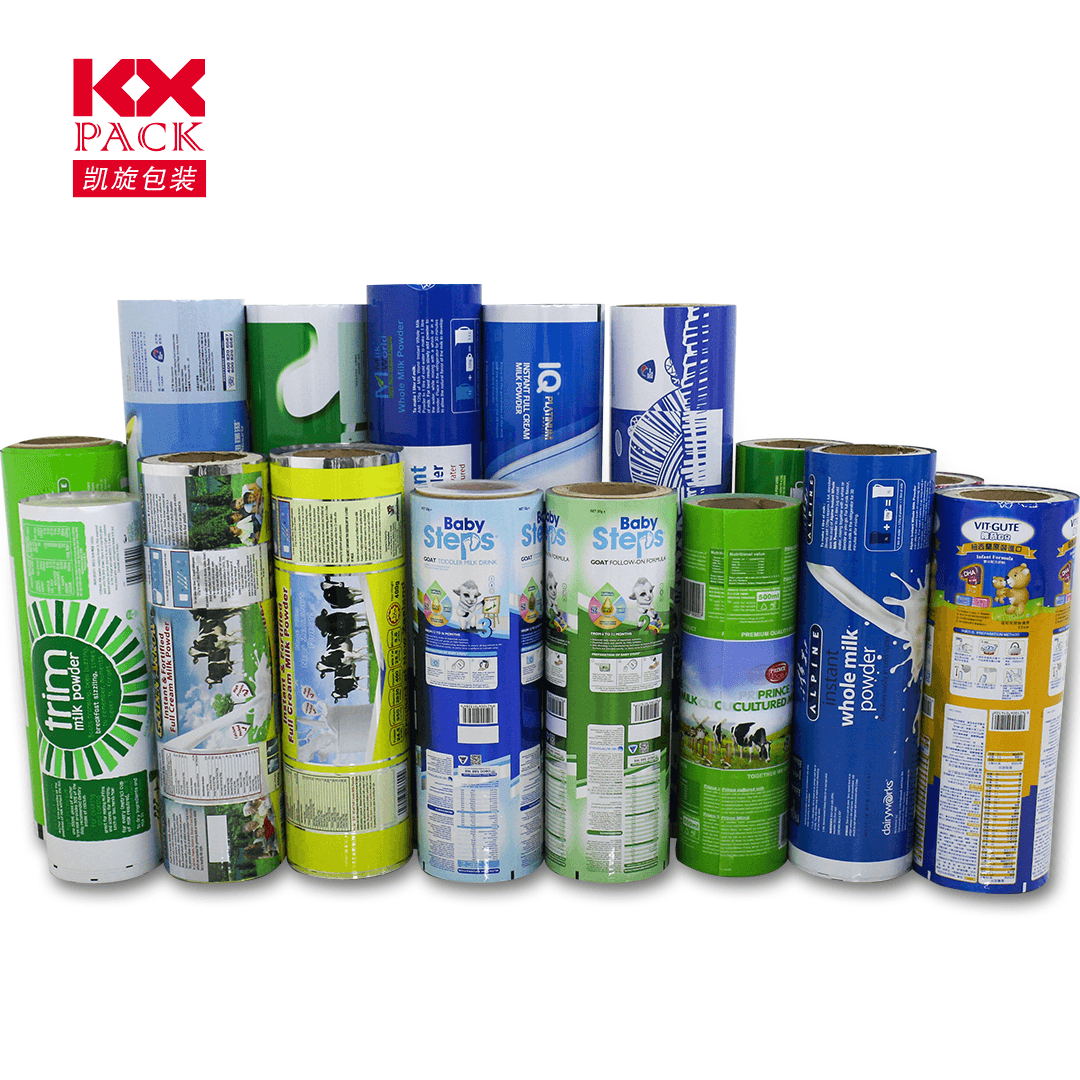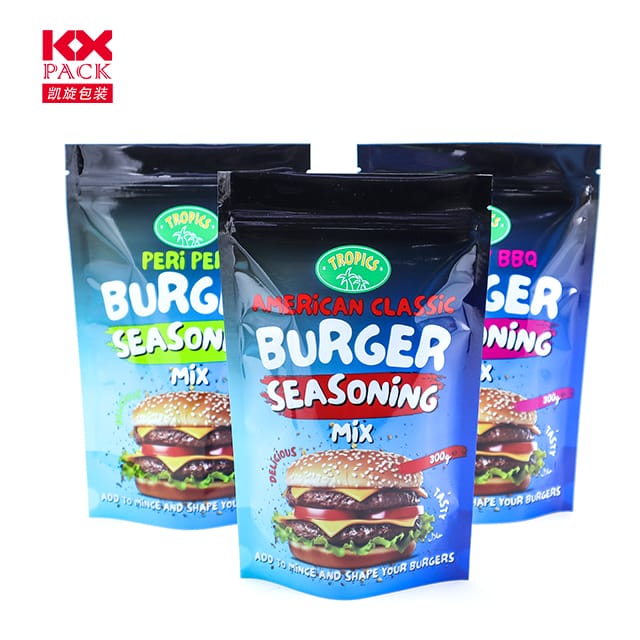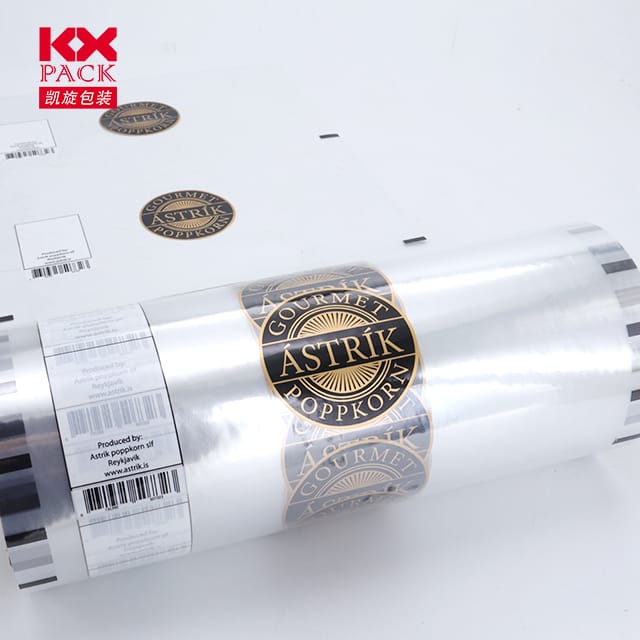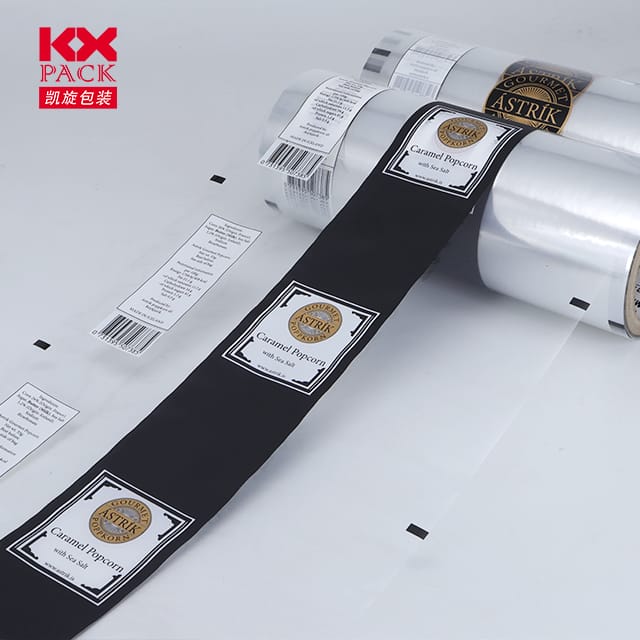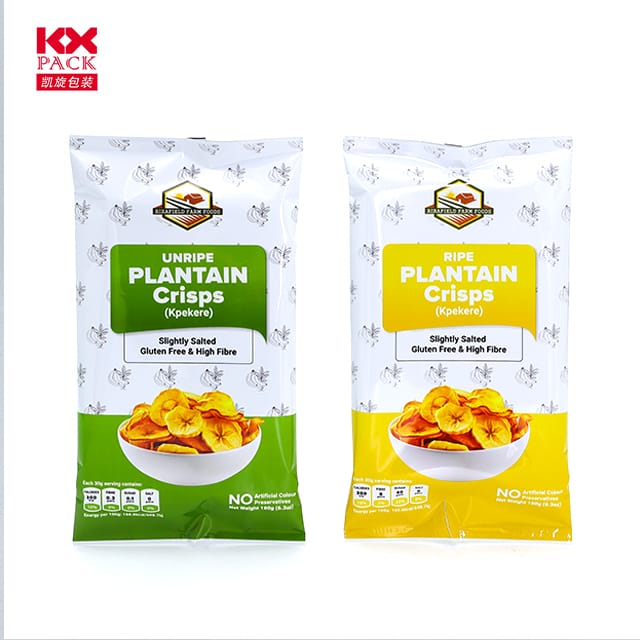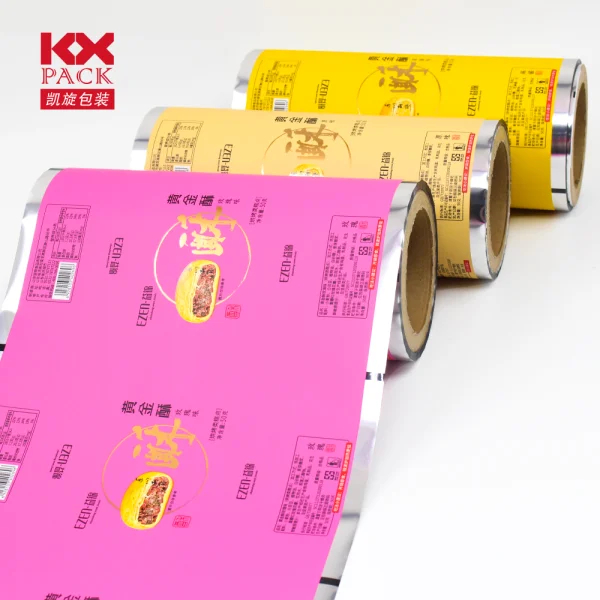An Treoir Ultimate maidir le Scannán Timfhilleadh Bia: Cineálacha, Úsáid, agus roghanna eile atá neamhdhíobhálach don chomhshaol (4)
Scannán Timfhilleadh Bia
Cibé an bhfuil tú ag pacáil fuílleach, béilí prepping, nó sneaiceanna a choinneáil úr, Scannán Timfhilleadh Bia (Ar a dtugtar Cling Film freisin, timfhilleadh plaisteach, nó saran wrap) is stáplacha cistine é. Ach le hábhair imní atá ag dul i méid faoi dhramhaíl phlaisteach agus sábháilteacht cheimiceach, Conas is féidir leat an rogha cheart a roghnú do do chuid riachtanas agus dochar comhshaoil a íoslaghdú? Let’s dive into the world of food wrapping films, from traditional choices to sustainable swaps.
What Is Food Wrapping Film?
Food wrapping film is a thin, flexible plastic sheet designed to create an airtight seal around food, milleadh a chosc, caillteanas taise, agus éilliú. It’s commonly used to wrap sandwiches, cover bowls, or store cut fruits and vegetables. While convenient, not all films are created equal—material, tiús, and safety certifications vary widely.
Types of Food Wrapping Film
- PVC (Clóiríd polaivinile) Film
- Pros: Affordable, clingy, and transparent.
- Cons: Contains plasticizers (like phthalates) that may leach into food, especially fatty or acidic items. PVC is also non-recyclable and harmful to the environment.
- Corpoideachas (Poileitiléin) Film
- Pros: Safer than PVC (BPA- and phthalate-free), microwave-safe, and recyclable in some areas.
- Cons: Less clingy than PVC, so it may require double-wrapping.
- PVDC (Polyvinylidene Chloride) Film
- Pros: Excellent barrier against oxygen and moisture, keeping food fresher longer.
- Cons: Rarely used today due to environmental concerns; often replaced by PE or eco-friendly alternatives.
- Biodegradable/Compostable Films
- Made from plant-based materials like cornstarch, ceallalóis, or sugarcane.
- Pros: Breaks down naturally in compost systems, reducing plastic pollution.
- Cons: Often pricier and may not cling as well as traditional plastics.
How to Choose the Right Film
- Safety First: Opt for PE or plant-based films labeled “food-safe” and free from BPA, phthalates, and PVC.
- Purpose: For long-term storage, choose a thicker film with a strong seal. For quick wraps, a lightweight PE option suffices.
- Inbhuanaitheacht: Prioritize recyclable or compostable brands if possible.
Eco-Friendly Alternatives to Plastic Wrap
Concerned about plastic waste? Try these reusable and sustainable options:
- Wraps Céir bheach: Made from cotton coated in beeswax, these wraps are washable, inmhúirín, and perfect for covering bowls or wrapping cheese.
- Clúdaigh Bia Silicone: Marthanach, aerdhíonach, and dishwasher-safe, silicone lids fit snugly over bowls and containers.
- Glass Containers: Invest in leak-proof glass containers with lids for meal prep and storage.
- Fabric Covers: Elasticized fabric bowls covers are breathable and machine-washable.
Pro Tips for Using Food Wrapping Film
- Avoid Microwaving Plastic Film: Heat can cause chemicals to leach into food. Use PE film or switch to microwave-safe silicone covers.
- Wrap Food Properly: Press the film tightly against the food’s surface to eliminate air pockets, which speed up spoilage.
- Store in a Cool Place: Heat can weaken the film’s seal and cause it to melt.
The Future of Food Wrapping
Innovations like edible food films (made from starch or seaweed) and smart packaging that detects spoilage are on the horizon. Idir an dá linn, brands are increasingly offering recyclable or compostable options to meet consumer demand for sustainability.
Smaointe Deiridh
Food wrapping film is a kitchen essential, but choosing the right type matters—for your health and the planet. While traditional plastics offer convenience, eco-friendly alternatives like beeswax wraps and silicone covers provide a greener, reusable solution.
What’s your go-to method for keeping food fresh? Share your tips or favorite sustainable swaps in the comments below! 🌱🍴

